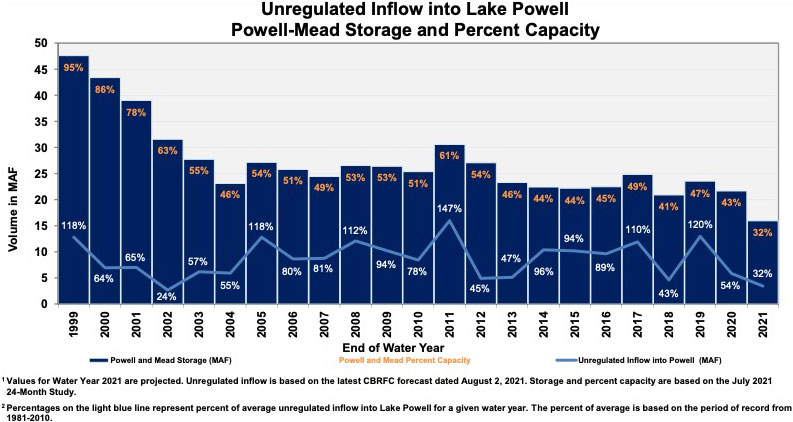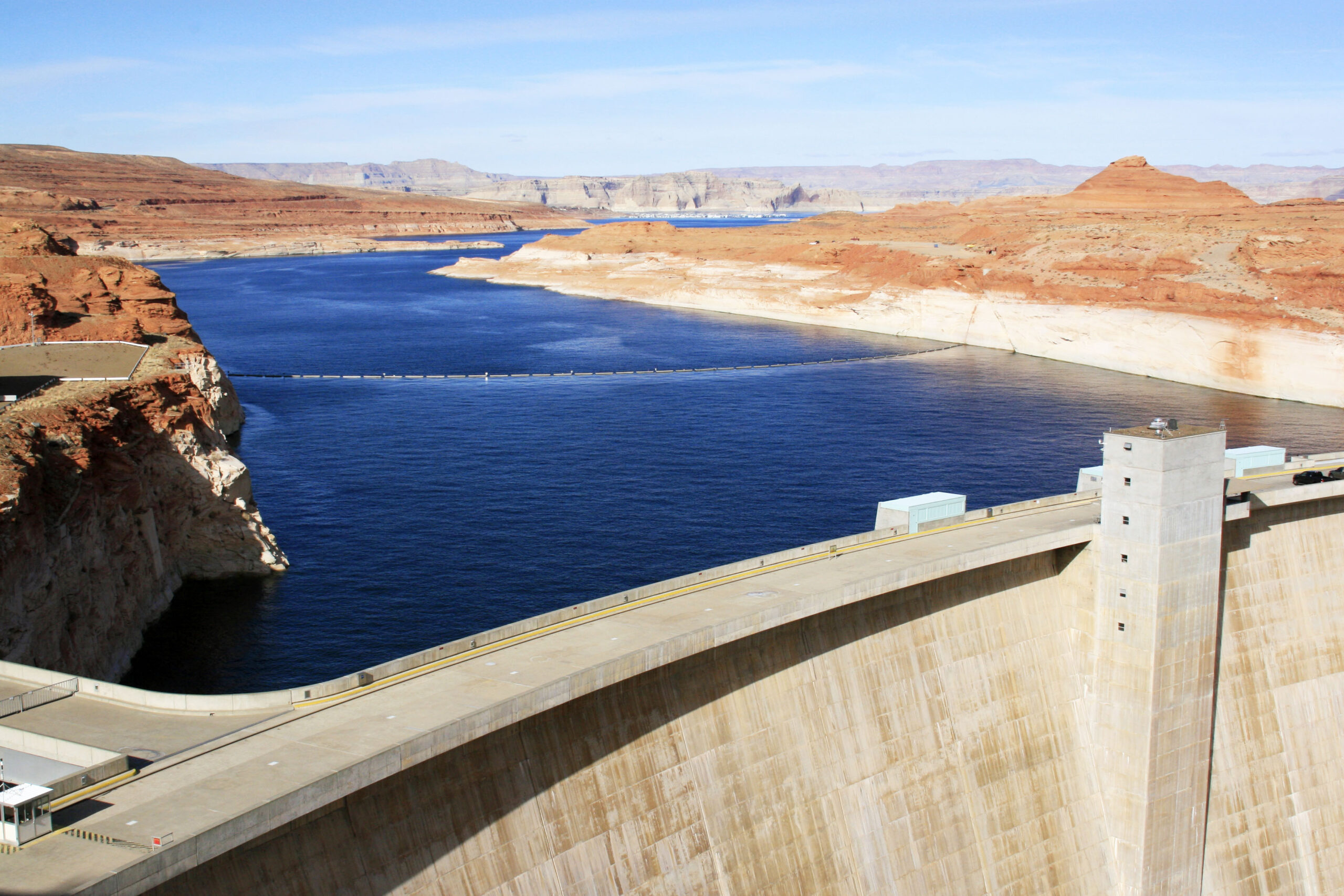Does A Changing Climate Alter Phoenix’s Water Drought?
Every day when I drive up one of the major streets in my area, I can see huge 56-inch water pipes being installed under the street to augment the Phoenix water drought. This is the Drought Pipeline Project in action. The pipes are part of a project to bring SRP (Salt River Project) water into north central Phoenix when, as anticipated, the CAP (Central Arizona Project) will get further cuts to its supply. It seems that with further cuts on the CAP that there may not be enough water to supply these north Phoenix homes, including mine.
The SRP water comes from three major reservoirs northeast of Phoenix, which are supplied by a watershed in the White Mountains east of Phoenix and from the Verde River which flows south into the Phoenix area. As the climate warms, then these reservoirs are in danger of receiving less than their usual allotment.
Currently, the Southwest is in a 22-year megadrought, which is the worst drought in the last 1500 years.(ref..) This has been shown by tree ring researchers at the University of Arizona. Researchers say that Arizona has warmed by 2.5 degrees F over the last 122 years. (ref…)
The CAP, a 340-mile line of canals into Phoenix and Tucson, supplies about 40% of the water for southern Arizona. All of the water for the CAP comes from the Colorado River, which is supplied from the two large reservoirs, Lake Powell and Lake Mead. These reservoirs in turn are supplied by rivers that feed into them from up north (Utah, Wyoming and Colorado).
Runoff Changes
Lately, the runoff from these rivers is at a low: 65% of what runoffs have been in the past. And this is due mostly to climate change. The following graph shows how the runoff into the two northern reservoirs has changed over recent times.

As the climate warms in these areas, the ground dries out. Two things begin to happen: One, when the snow melts in the spring, a lot of the runoff just feeds into the dry ground. Two, the evaporation rate is much higher due to higher temperatures, so that as the snow is melting, some of the water evaporates immediately. The net effect is a reduced runoff into these two large reservoirs.
The future projections for climate in the Southwest are dire. Last summer in the Phoenix area was the warmest summer on record. The usual Phoenix monsoon was quite limited and acted more like a “nonsoon” than anything. Even the weather forecasters in Phoenix have changed the projected annual rainfall for the area from 8 inches to 7 inches.

